Throughout his years of bodybuilding and elite-tier fitness, CORE Nutritionals founder and CEO Doug Miller has kept a few things extremely consistent: Crushing It with high-volume training, a whole-food based MRP (CORE MRP, his first supplement), staying true to his Core Values... and finishing each day with a bowl of high-protein sludge.
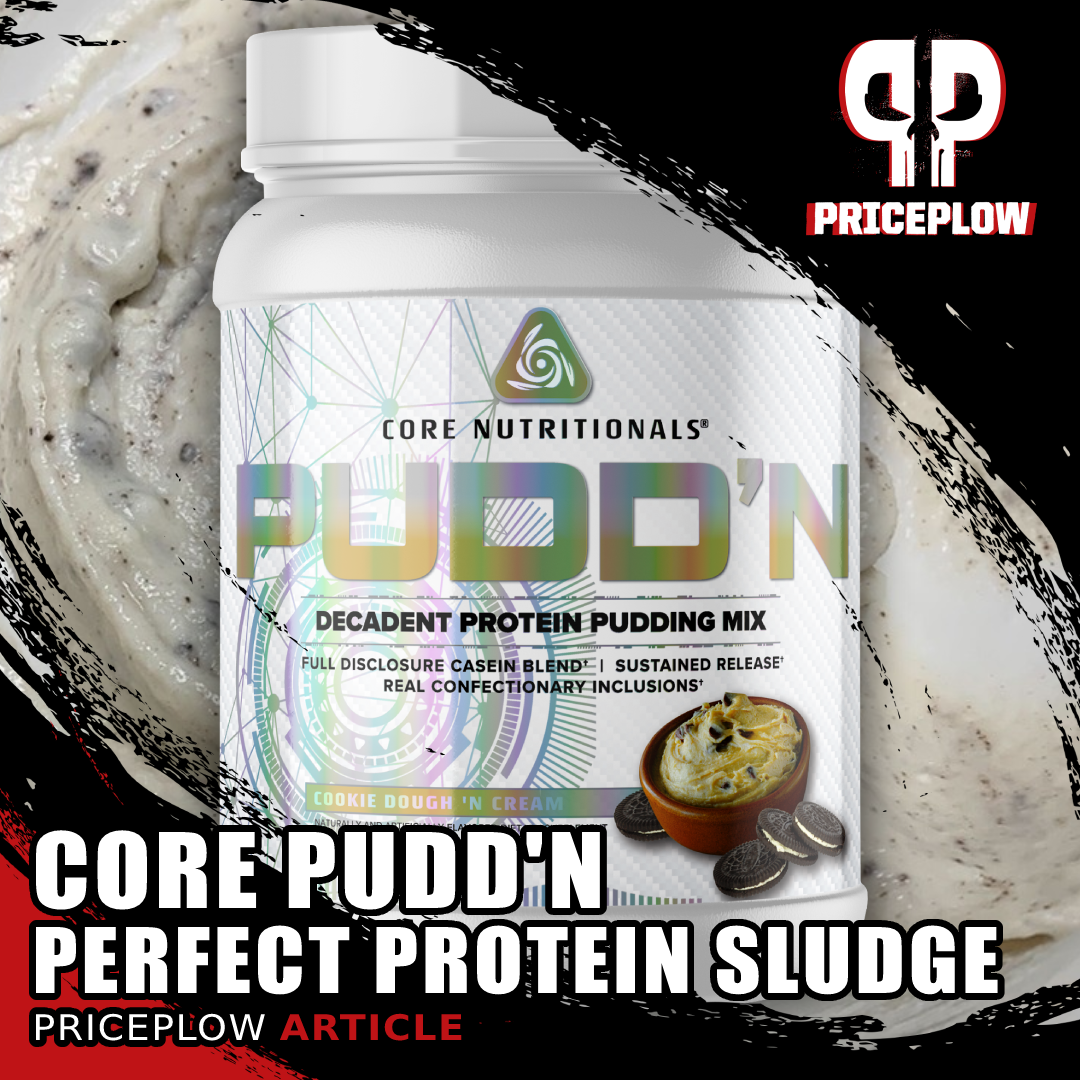
It's here, and it's spectacular. Finish your day the right way with CORE PUDD'N, mixed in just 1-3oz of water!
After literally thousands of nightly bowls of sludge, Doug figured out the perfect ratio of proteins to make an exquisite high-protein treat that you eat instead of drink, digests slowly, and keeps the macros slanted towards protein. After achieving perfection, it was finally time to productize his creation:
CORE PUDD'N: The perfect protein sludge has arrived!
At the 2022 Arnold Sports Festival, Doug and the team at CORE Nutritionals are wildly excited to announce CORE PUDD'N, a decadent protein pudding powder. This is unlike nearly any protein powder on the market, because it's meant to be used with just 1-3 ounces of water and made into a thick sludge... or PUDD'N.
Like many of CORE Nutritionals proteins, PUDD'N has a fully-disclosed protein blend, but unlike their other products, it actually utilizes micellar casein protein, an ingredient CORE somehow hasn't used yet! In addition, there's an incredible amount of inclusions here, throwing it back to cousin products like Merica Labz Patriot's Whey.
We have our flavor tastings and ingredient analysis below -- the long story short is that this stuff is divine. It launched with three flavors, but we're thinking there will be many more, because this is a guaranteed hit. So sign up for our PUDD'N alerts below and let's get to dessert:
Core Nutritionals PUDD'N – Deals and Price Drop Alerts
Get Price Alerts
No spam, no scams.
Disclosure: PricePlow relies on pricing from stores with which we have a business relationship. We work hard to keep pricing current, but you may find a better offer.
Posts are sponsored in part by the retailers and/or brands listed on this page.
Here's a quick from our meeting with Dave Rynecki of CORE in Columbus, OH:
This area is reserved for Team PricePlow's upcoming Ingredients video.
Subscribe to our channel and sign up for notifications so you catch it when it goes live!
CORE PUDD'N Macros and Nutrition Facts
Here's what you get in one scoop of PUDD'N, whose serving sizes range from 33.5 to 37.5 grams per serving depending on the flavor:
-
Calories: 140-180
-
Protein: 20g
-
Total Carbs: 6g - 12g
-
Total Sugar: 2g - 7g
-
Added Sugar: 1g-6g
-
-
Dietary Fiber: 0g - 1g
-
-
Total Fat: 4g - 6g
-
Saturated Fat: 3g - 4g
-
As you can see, these macros range quite wildly. This is because the Rocky Road flavor definitely brings a lot more inclusions, with both white mini marshmallows and chocolate chips, on top of the cocoa powder which generally adds to the macros as well.
If you need to keep it cleaner, Cookie Dough 'n Cream has the least amount of sugar of the first three flavors, but Fluffernilla is quite similar. It's also worth noting that Rocky Road has fewer servings, so if you're looking for as much protein per dollar as possible, it'll be with one of the other two flavors.
PUDD'N also has a fully-disclosed amino acid profile and protein blend, so let's head into the specific ingredients now:
CORE PUDD'N Ingredients
How did CORE do it? The answer is micellar casein protein. This is CORE's first time using the protein powder, and they did it in spectacular fashion:
-
Micellar Casein Protein (11.11g yielding 10g protein)
The formula all starts out with a big dose of micellar casein protein, whose powder runs at 90% protein by weight. When milk is separated into curds and whey, casein protein comes from the curds -- and it's an extremely thick and slow-digesting protein with heavy texture.
This is the first of two secret weapons in PUDD'N. When ingested, casein forms a gel in the gut, which takes longer to break down and leads to a slower release of amino acids into the bloodstream.
We don't always see casein proteins used lately because they're a bit more expensive, but also because whey protein provides higher leucine content.[1] Not to fear, however -- we have plenty of whey in here, and as we'll also discuss in the milk protein section, the combination of the two is better than either one alone![2] One reason why is because we'll have a blend of both fast and slow digesting proteins, the best of both worlds.
In addition, while whey stimulates insulin production,[3] casein stimulates insulin-like growth factor 1 (IGF-1) production.[3] As you'll start to see here, this isn't just a cool product that makes a fun protein pudding -- it's actually quite efficacious. The slow release of amino acids and IGF-1 are perfect before bed or if you know it'll be a while until your next meal.
-
Cold-Processed Undenatured Whey Protein Concentrate (6.25g yielding 5g)
After casein comes some whey protein concentrate, and running the numbers, we can see that this is WPC-80, which is 80% protein by weight and the highest-quality form of whey protein concentrate before you get into isolate territory.
Whey protein has been researched and combed over time and time again, with numerous studies showing that it helps both men and women dieters improve body composition and increase strength when combined with exercise and quality diet.[4-7]
With whey concentrate, you get varying amounts of purification to bump the protein-by-weight ratios up. The amino acid profile is excellent,[8] and since it's slightly less processed than whey isolate, it's more active. For instance, inside there are immune system boosting lactoglobulins and immunoglobulins.[9] On top of that, you'll generally see more health-beneficial lactoferrin than in a whey isolate.[10]
Finally, most everyone loves whey because it's high in leucine,[1] which is the key BCAA (branched chain amino acid) that helps promote the muscle-building process by initiating mTOR signaling.[11-13]
Before we head into the third protein ingredient, we have an extra surprise here, dosed higher than usual:
-
Coconut Oil Creamer
Wondering where the saturated fat on that label came from? Here it is, coconut oil creamer in all of its high-MCT glory![14,15] Aside from the heavy amount of casein protein in PUDD'N, we believe this is the secret weapon -- normally it's found far lower on the label.
Thanks to the open protein disclosure, which shows the next ingredient (milk protein isolate) having 5.55 grams, we can state that we have at least that much coconut oil creamer. This provides a solid amount of saturated fat in the form of MCTs, or medium-chain triglycerides, which are fatty acids that get used for more instant energy.
Although this isn't what we'd call an "efficacious" amount of MCTs, we're big proponents of using coconut oil creamers. There are many health benefits to using coconut oil and ingesting more MCTs, ranging from more energy, better cognition, and reduced appetite[16-20] -- just realize that most research studies use far more than what we have here. We'll still take it though, especially if it makes for some good PUDD'N!
-
Milk Protein Isolate (5.55g yielding 5g protein)
Our third and final protein powder is milk protein isolate, which provides even more casein protein. Generally, milk proteins contain 80% casein and 20% whey,[21,22] and we expect this to be similar.
This is quite an underrated ingredient in its own right -- when used on its own, milk protein isolates often provide a thick and rich texture that has a touch less grit than pure caseins. Milk protein isolate means that its gone through an additional filtration step to remove some of the impurities. Doing the math, this is about 90% protein by weight -- similar to a whey protein isolate (but thicker and richer).
Finally, note that milk protein has been shown to outperform both whey and casein separately![2] Mother nature knows best, and we love whey/casein blends and the use of milk proteins like we have here in PUDD'N.
-
The inclusions!
The inclusions are where the macros really get bumped around. Of the initial three flavors released, Rocky Road obviously brings the most, which is either a positive or negative depending on your bulking season status.
Of the three initial PUDD'N flavors:
- Rocky Road has white mini marshmallows and chocolate chips, as well as cocoa powder.
- Fluffernilla also has white mini marshmallows, but none of the chocolate flavors
- Cookie Dough 'n Cream has chocolate sandwich cookie pieces, and is the cleanest profile of the three.
We're hoping for more flavors (send your suggestions to @CORENutritionals), but these are the first three.
-
DigeSEB Digestive Enzyme Blend
The DigeSEB Digestive Enzyme Blend is last on the label, but we consider it an active ingredient, so we're putting it up after the proteins. Inside, we have five components to help you digest your PUDD'N:
- Amylase - Helps break down starches and carbohydrates (which we definitely have in the Rocky Road flavor).
- Lactase - Helps break down lactose, which will mostly come from the whey protein concentrate inside.
- Protease - Helps break down protein, and may contribute to recovery.[23,24]
- Lipase - Helps break down lipids and fats
- Cellulase - Helps break down plant fibers.
We can make a case for nearly all of these, given that PUDD'N and its inclusions has everything.
We've noted this before, but Doug Miller's proteins almost always have added digestive enzymes, and we love that - especially for those of us who are looking to absorb as much as possible from our proteins.
-
Other ingredients and sweeteners
PUDD'N is sucralose sweetened, but note that it's ace-k-free.There's added natural and artificial flavors, xanthan gum for thickening, and sunflower lecithin for dispersion.
Current flavors available
If you're seeing this in the future, perhaps there are more flavors available! Here's the current list that PricePlow has seen:
Directions: Mix with 1-3oz water
The thickness is up to you - and it also depends on how heavily you pack your scoop, so consider using a food scale too.
Cold water is better, so consider having some ice cold water ready to go in your refrigerator. If you don't, one suggestion is to use 1oz of water with one ice cube to get it cold, mix it in until melted.
The backstory: PricePlow's Taste-Testing in North Carolina
In our February 2022 trip to CORE Nutritionals headquarters (where we joined Doug and Patrick on The Boss Status Podcast), we got to sample each flavor from the first production run. You can watch it at the 7:44 timestamp in our Vlog:
You can see even more footage in our huge tasting video where we tried many things to come:
Conclusion: It's PUDD'N TIME!
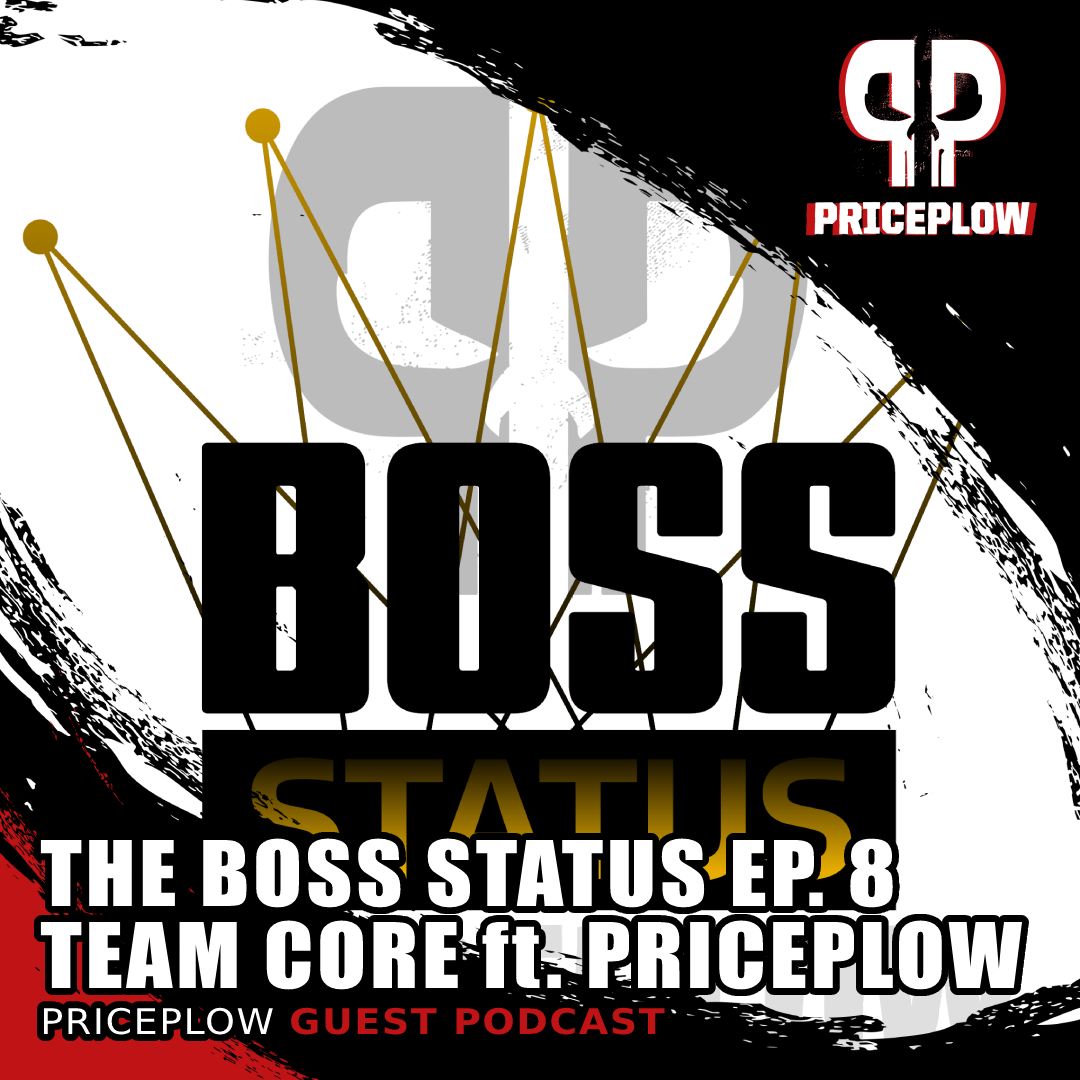
Team PricePlow Joins The Boss Status Podcast with Doug Miller and Patrick Mabe for Episode #8. Listen to dive into the business behind PricePlow and Mike and Ben's inner workings
Well it's about time someone did this! After taste-testing this one in North Carolina at the Crush It Headquarters, we're guaranteeing that this one's going to be a massive hit. The flavors are all downright incredible.
There have been many protein powders that mix pretty well with limited amounts of water, and there have been pudding mixes that have a lot of gelatin added, but none of them were designed for this very purpose.
Doug Miller has continually stated that he didn't want to become a protein brand, but with all of the various products CORE Nutritionals has listed in the main protein category... and now this... it's official, because PUDD'N puts it over the top.
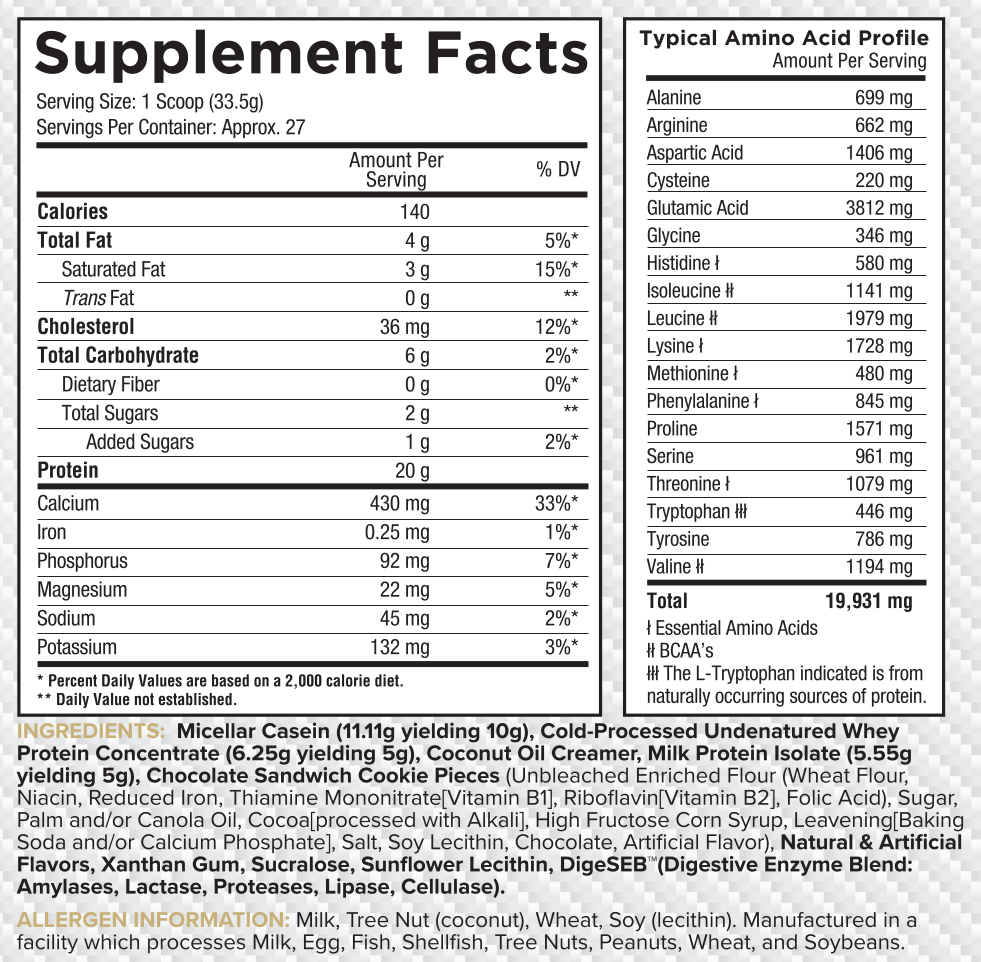


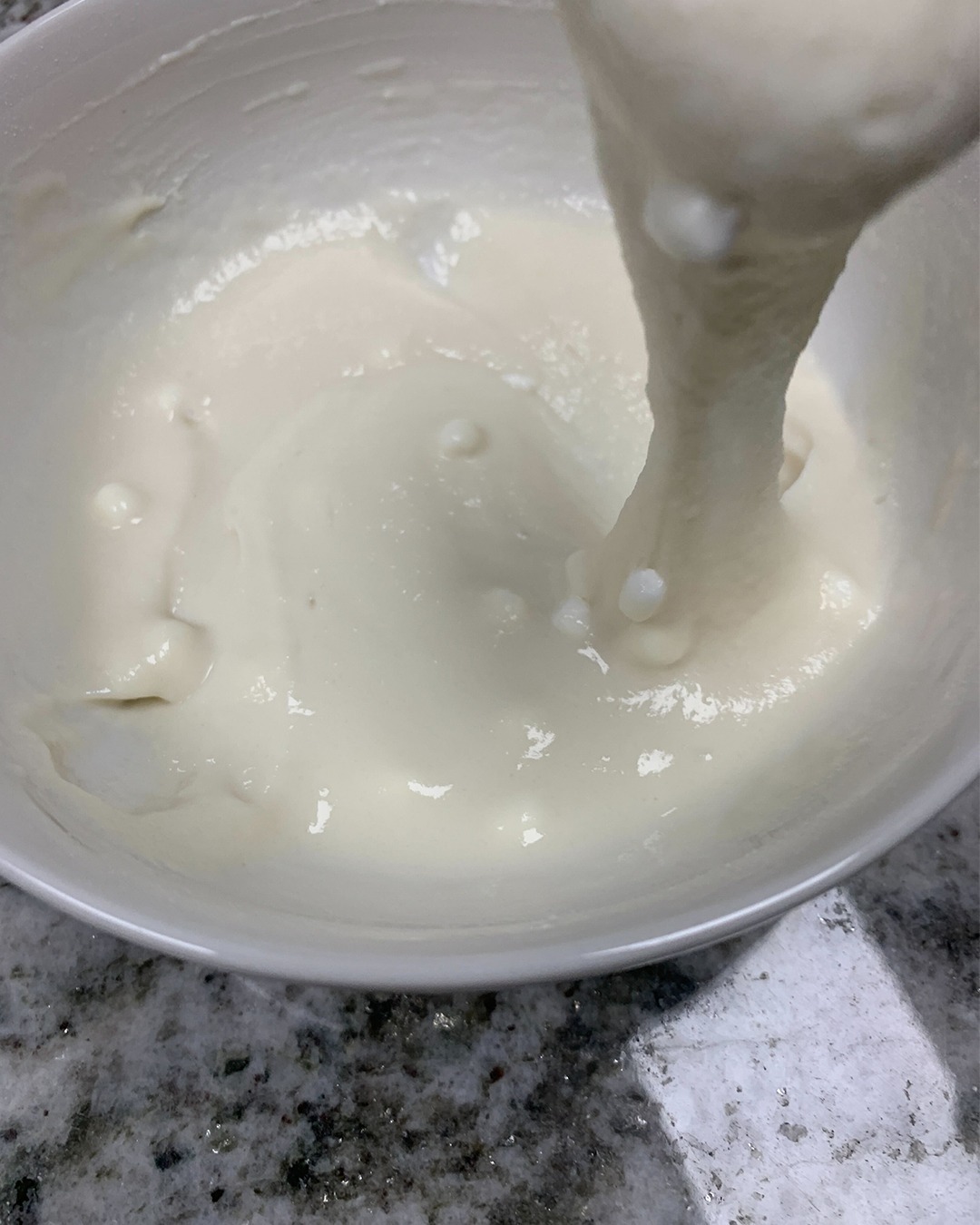
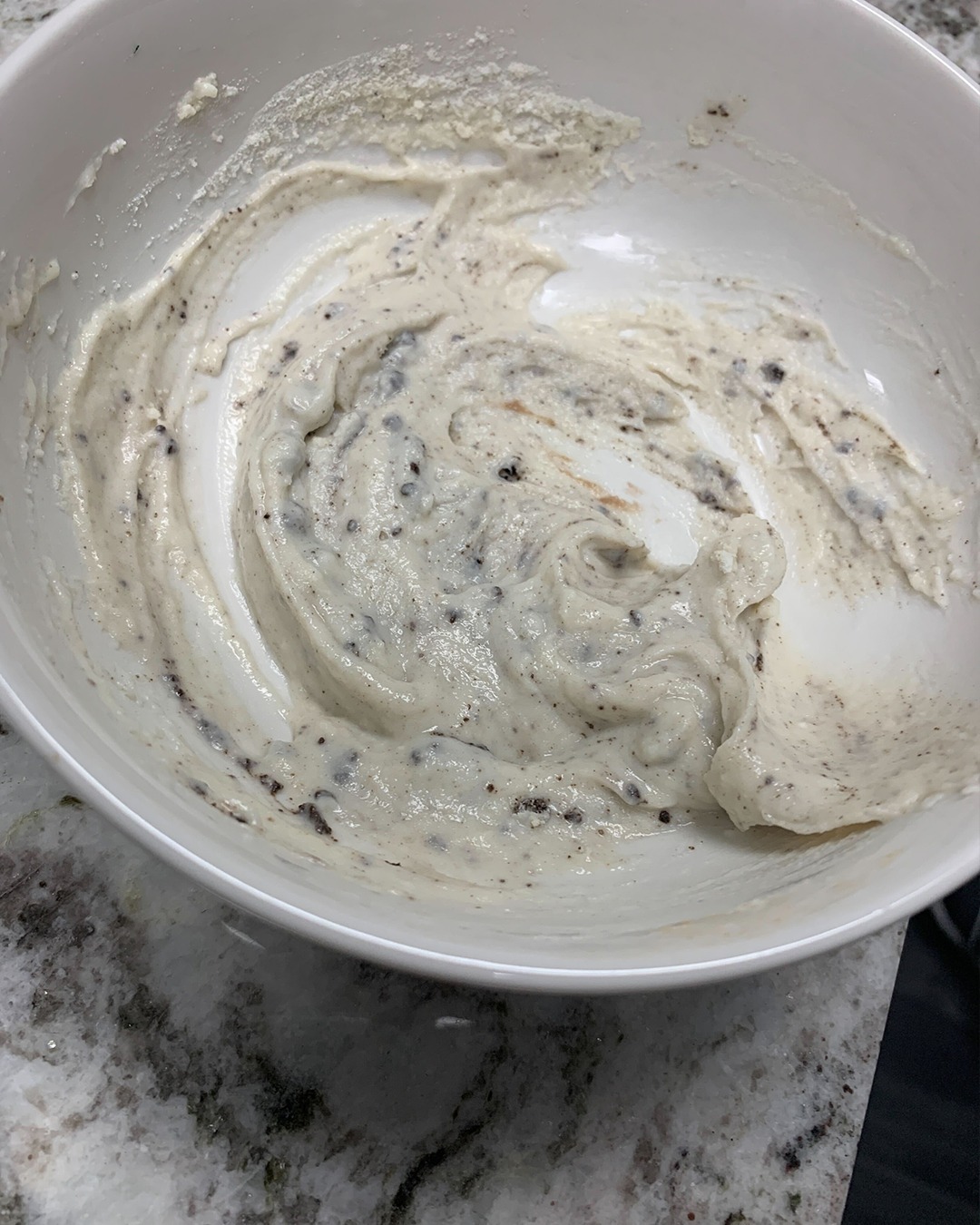
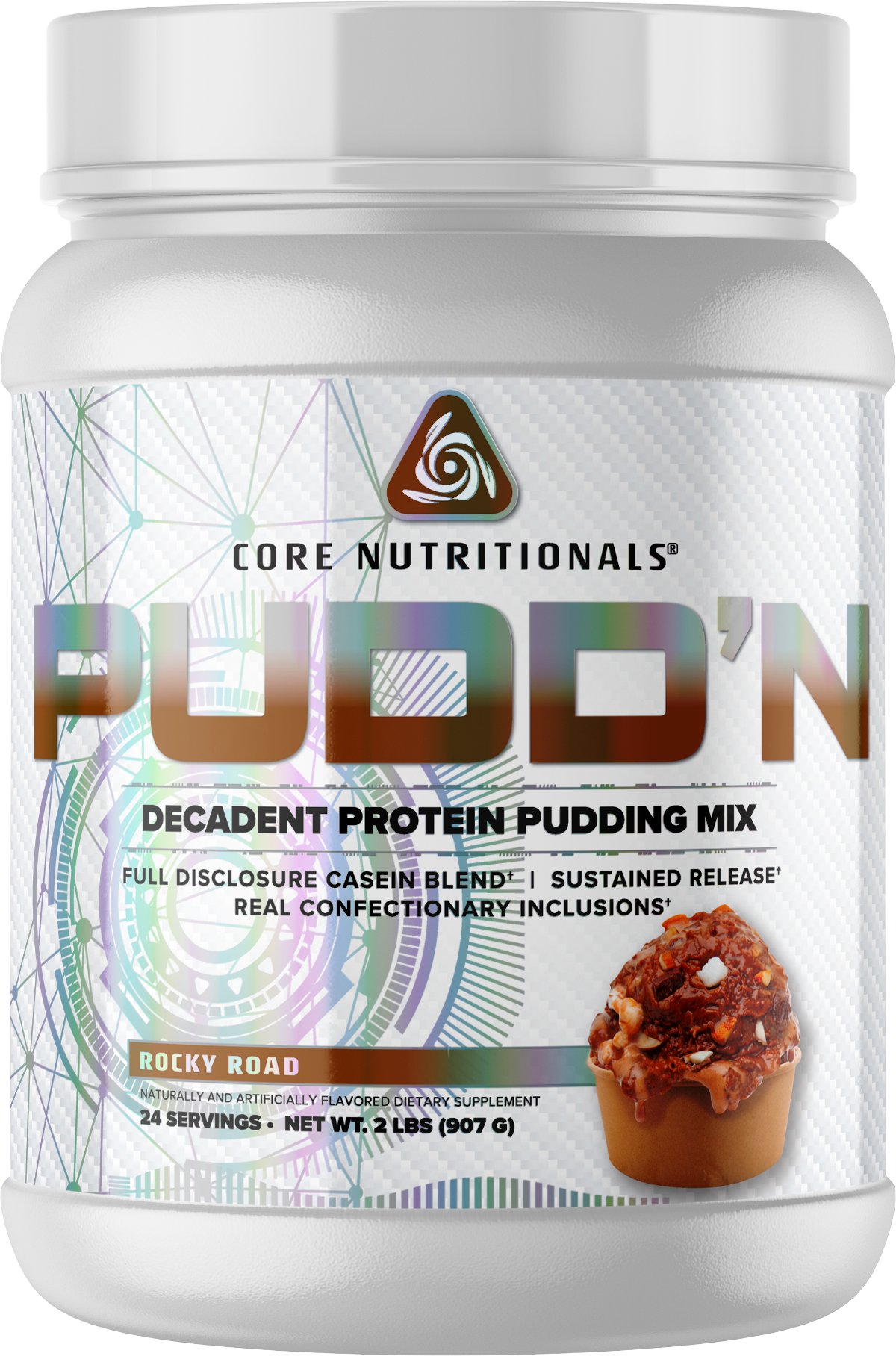





Comments and Discussion (Powered by the PricePlow Forum)